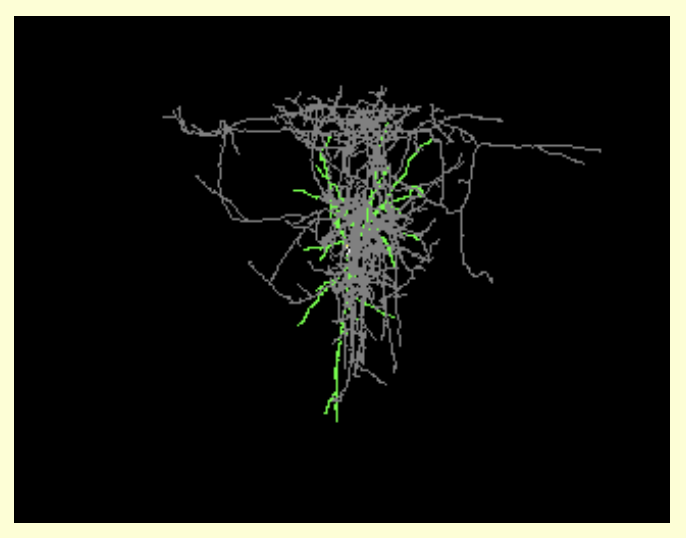URL: http://www.eurasnet.info/tools/asdatabases
Proper Citation: Alternative Splicing Database (RRID:SCR_007555)
Description:
It has been established with the intention of assembling in a central, publicly accessible site information about alternatively spliced genes, their products and expression patterns. Version 2.1 of ASDB consists of two divisions, ASDB(proteins) , which contains amino acid sequences, and ASDB(nucleotides) with genomic sequences.
SWISS-PROT uses two formats for description of alternative splicing Thus the protein sequences were selected from SWISS-PROT using full text search for both the words alternative splicing (usually in the CC lines) and varsplic (in the FT lines). In order to group proteins that could arise by alternative splicing of the same gene, we developed the clustering procedure. Two proteins were linked if they had a common fragment of at least 20 amino acids, and clusters were initially defined as maximum connected groups of linked proteins. It turned out that some clusters were chimeric, in the sense that they contained members of multi-gene families, but not alternatively spliced variants of one gene. Therefore the multiple alignments were subject to additional analysis aimed at detection of chimeric clusters.
Each cluster is represented by multiple alignment of its members constructed using CLUSTALW. The distribution of cluster size, representation of species and other relevant statistics of ASDB(proteins) can be accessed through the links below.
This processing covers the cases when alternatively spliced variants are described in separate SWISS-PROT entries. The other kinds of ASDB records, originating from the SWISS-PROT entries with the varsplic field in the feature table, usually describe the proteins that are not part of any cluster. In these cases, the information on the variable fragments of the several proteins which result from the alternative splicing of a single gene is contained in the entry itself. ASDB(proteins) entries are marked with different symbols to allow for easy differentiation among the three types: those proteins which are part of the ASDB clusters and the corresponding multialignments, those which have the information on different variants in the associated SWISS-PROT entries, and those for which the information on the variants is not available at the present time. ASDB contains internal links between entries and/or clusters, as well as external links to Medline, GenBank and SWISS-PROT entries.
The ASDB(nucleotides) division was generated by collecting all GenBank entries containing the words alternative splicing and further selection of those entries that contain complete gene sequences (all CDS fields are complete, i.e. they do not have continuation signs).
Sponsors: This work was supported by the Director, Office of Energy Research, Office of Biological and Environmental Research, of the US Department of Energy under Contract No. DE-ACO3-76SF00098. Additional support came from grants from the Russian Fund of Basic Research (99-04-48347), the Russian State Scientific Program Human Genome (65/99), and the Merck Genome Research Institute (244).
Synonyms: ASDB
Resource Type: data or information resource, database
Keywords: exon, exon splice site, gene expression, gene structure, alternative splicing, amino acid, amino acid sequence, genomic sequence, human genome, human orf, intron, intron splice site, nucleotide, nucleotide sequence, protein, protein sequence, vertebrate genome
Expand Allhas parent organization |
We found {{ ctrl2.mentions.total_count }} mentions in open access literature.
We have not found any literature mentions for this resource.
We are searching literature mentions for this resource.
Most recent articles:
{{ mention._source.dc.creators[0].familyName }} {{ mention._source.dc.creators[0].initials }}, et al. ({{ mention._source.dc.publicationYear }}) {{ mention._source.dc.title }} {{ mention._source.dc.publishers[0].name }}, {{ mention._source.dc.publishers[0].volume }}({{ mention._source.dc.publishers[0].issue }}), {{ mention._source.dc.publishers[0].pagination }}. (PMID:{{ mention._id.replace('PMID:', '') }})
A list of researchers who have used the resource and an author search tool
Find mentions based on location

{{ ctrl2.mentions.errors.location }}
A list of researchers who have used the resource and an author search tool. This is available for resources that have literature mentions.
No rating or validation information has been found for Alternative Splicing Database.
No alerts have been found for Alternative Splicing Database.
Source: SciCrunch Registry





